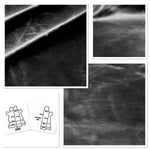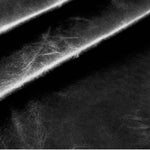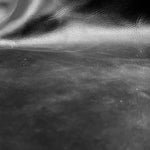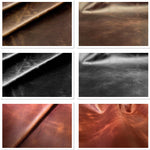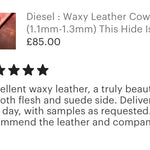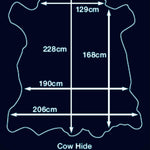Featured products
Cheverette: Softy Veg-Tanned Leather
COLLECTION LIST
We have a vast amount of skins - Have a look! We probably have what you need for your next amazing project
ALL LEATHER HIDES
METALLIC LEATHER SKINS
KEEP ME UPDATED WITH OFFERS!
Subscribe to our newsletter and receive discounts, first look at new skins and bundle deals































